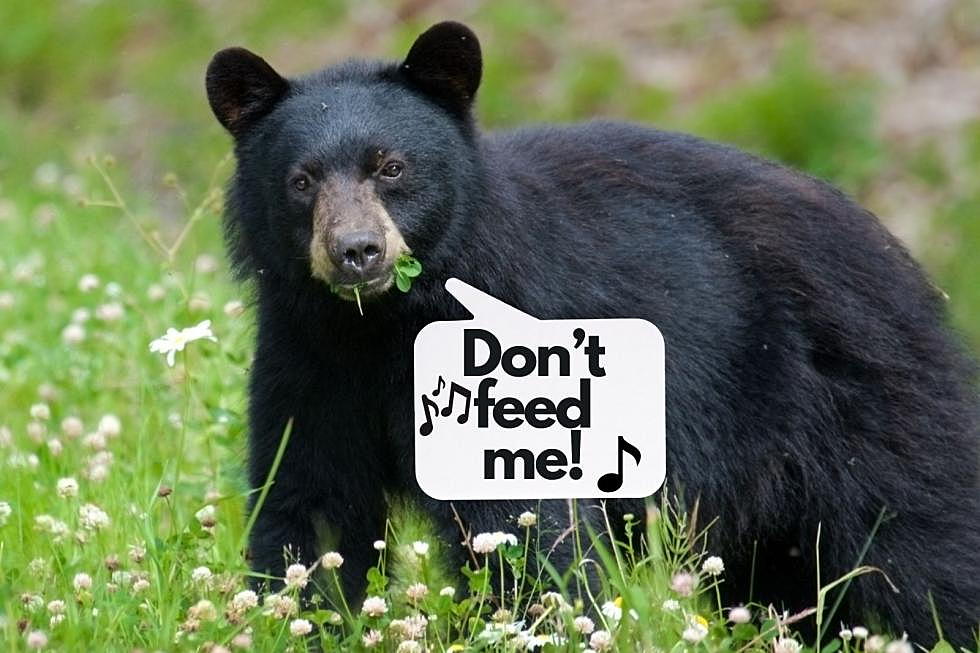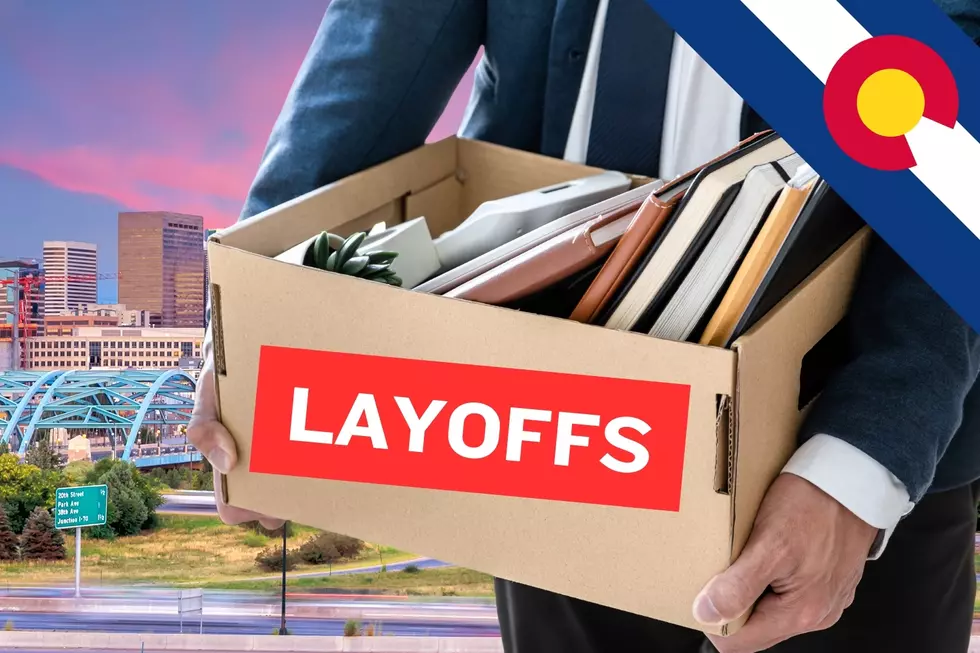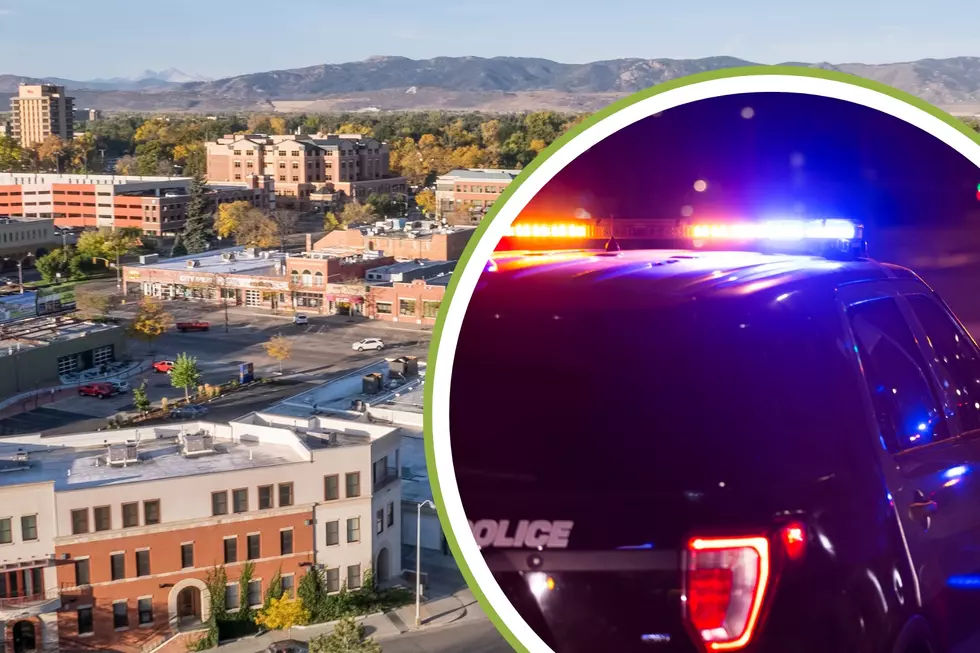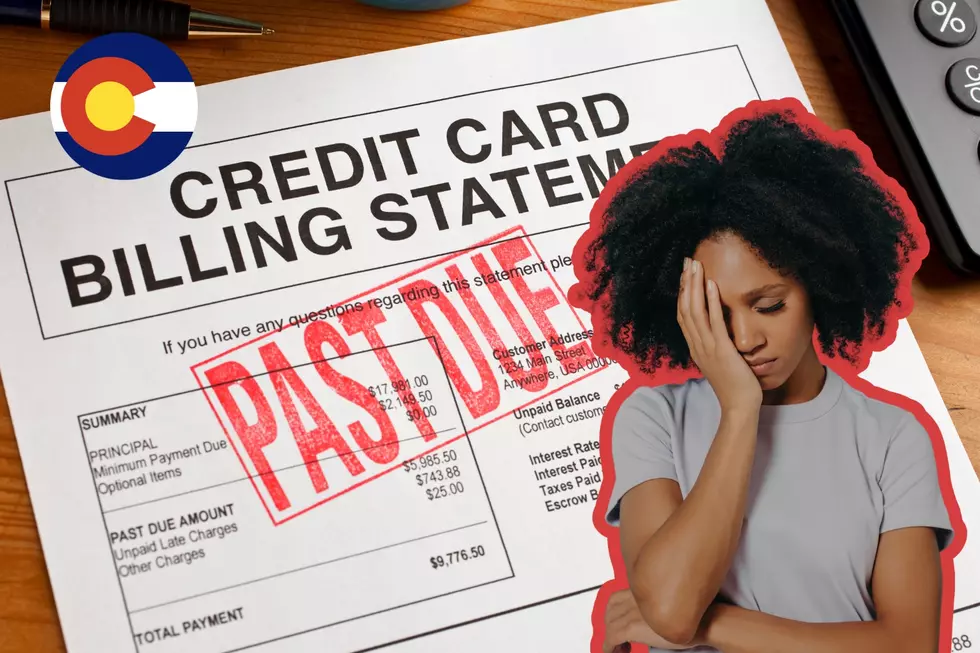
You’ll Start Seeing These 16 Reasons to ‘Buckle Up’ Around Fort Collins
With many more vehicles hitting the roads in the summer of 2021, the Colorado Department of Transportation is looking to increase our seat belt use.
Statistics show that with an average of 120,000 car crashes every year, the odds are 1 in 33 that any of us Coloradans will get into a car crash. With numbers showing that Colorado's seat belt use is on the decline, it's time to 'Buckle Up.'
In 2020, 203 Coloradans who weren't using seat belts while in the car were killed in crashes. Regular use of seat belts reduces the chance of injury in a car accident by 50%.
Nationally, 90% of drivers and passengers are wearing seat belts; Colorado's numbers are behind that average at 86.3% for 2020- which is below 2018's 88.3%.
CDOT's recent 'Click It or Ticket' campaign cited over 2,000 drivers for not buckling up or having unrestrained passengers, and that was before the summer months officially started. Summer means more vehicles and the increased chance of drivers that have been drinking.
CDOT is launching a new campaign across different mediums to get drivers to buckle up this summer. You'll see their messaging at destinations such as The Promenade Shops at Centerra and Downtown Greeley, on billboards across the area, and on those digital signs that you see all over.
The campaign will be using 'reasons' that you should buckle up. Some are clever, some are 'not as' clever.

Take a look at the 16 reasons (randomly numbered) that we all should use our seat belts:
16 Reasons to Buckle Up - CDOT
LOOK: See how much gasoline cost the year you started driving
More From K99






